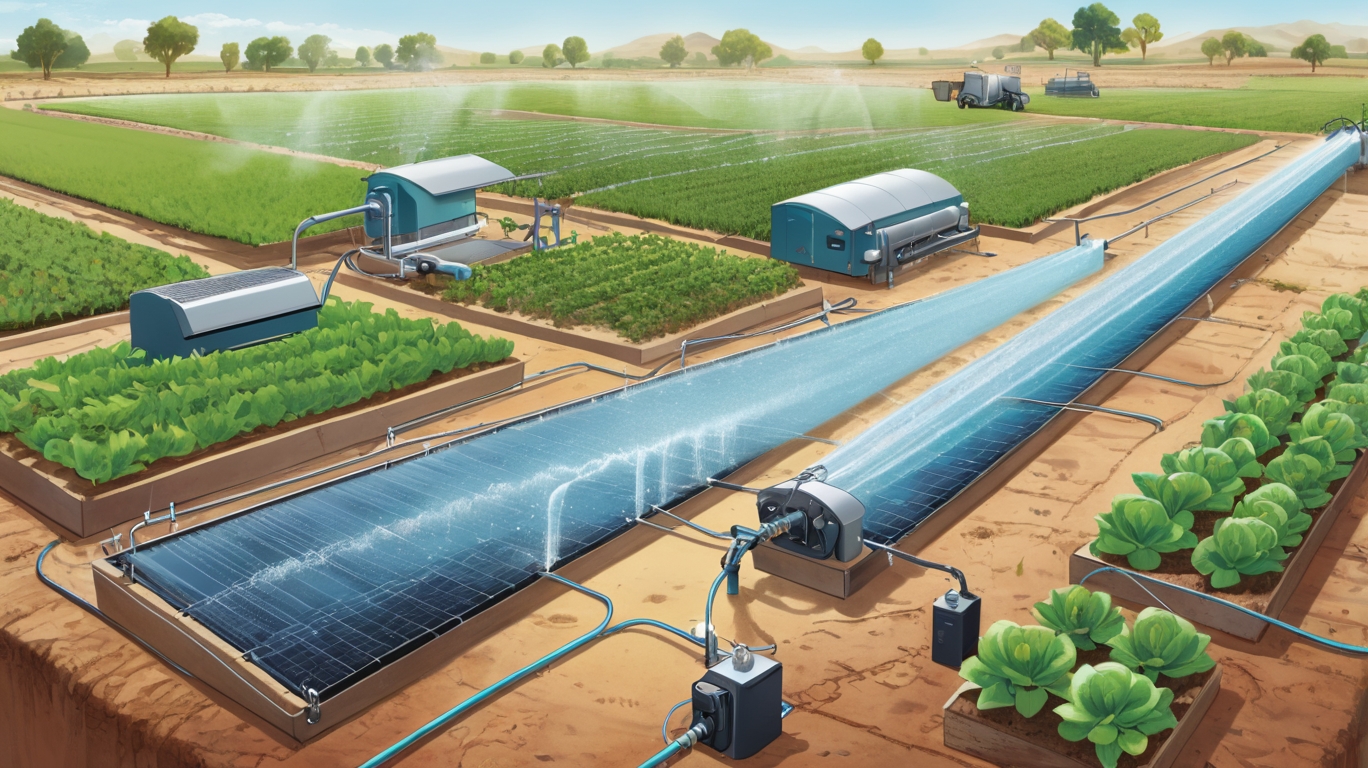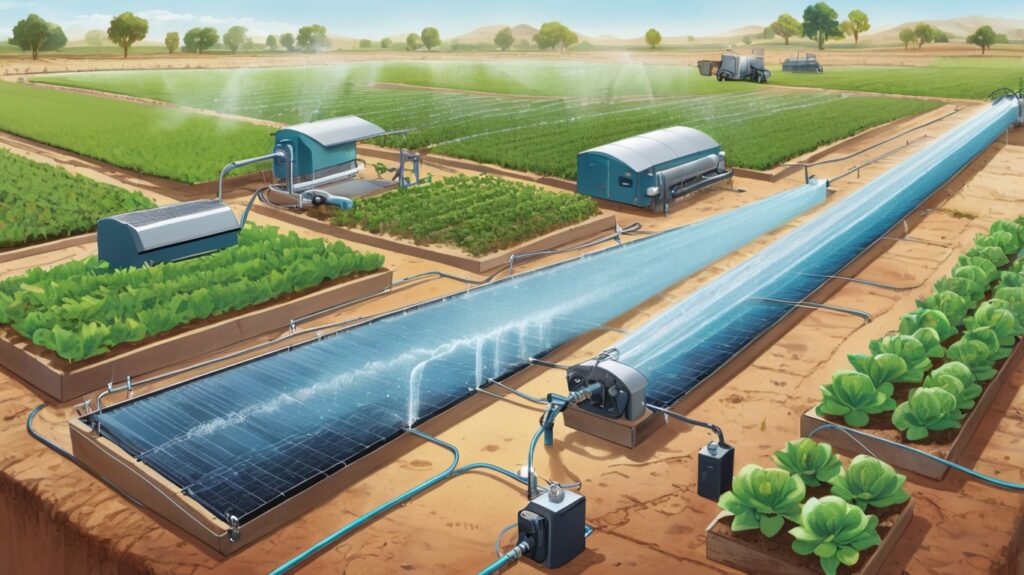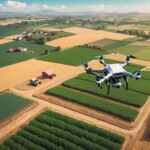Smart Irrigation Systems: A Thoughtful Approach to Water Efficiency
Water is one of our planet’s most precious resources, yet it’s often used inefficiently, especially in landscaping and agriculture. Traditional irrigation methods can lead to significant waste, but smart irrigation systems offer a more mindful and sustainable solution. By integrating technology with thoughtful water management, these systems help conserve water while maintaining healthy landscapes.

The Problem with Conventional Irrigation
Many gardens, lawns, and farms rely on outdated irrigation techniques—sprinklers running on fixed schedules, regardless of weather conditions or soil moisture levels. This can result in:
- Overwatering, which wastes water and can harm plants.
- Underwatering, leaving plants stressed and vulnerable.
- Runoff, where excess water flows away, carrying fertilizers and pesticides into nearby waterways.
Smart irrigation addresses these issues by applying water only when and where it’s needed.
How Smart Irrigation Works
Smart irrigation systems use sensors, weather data, and automation to optimize watering. Key components include:
1. Soil Moisture Sensors
These devices measure the water content in the soil, ensuring irrigation only occurs when necessary. If the soil is already moist, the system delays watering, preventing over-saturation.
2. Weather-Based Controllers
Also known as evapotranspiration (ET) controllers, these systems adjust watering schedules based on local weather forecasts, humidity, temperature, and rainfall. If rain is expected, the system reduces or skips watering.
3. Drip Irrigation Integration
Unlike traditional sprinklers, drip irrigation delivers water directly to plant roots with minimal evaporation. When combined with smart controls, this method maximizes efficiency.
4. Remote Monitoring & Control
Many smart systems connect to mobile apps, allowing users to monitor and adjust settings from anywhere. This feature is especially useful for property managers or homeowners who travel frequently.
Benefits of Smart Irrigation
- Water Conservation – Reduces waste by up to 50% compared to conventional systems.
- Lower Utility Bills – Efficient water use leads to cost savings over time.
- Healthier Landscapes – Prevents over- and underwatering, promoting stronger plant growth.
- Environmental Protection – Minimizes runoff, protecting local ecosystems.
Implementing Smart Irrigation
Adopting a smart irrigation system doesn’t have to be overwhelming. Here are some steps to consider:
- Assess Your Needs – Determine the size of your landscape and water requirements.
- Choose the Right System – Options range from simple soil sensors to fully automated setups.
- Professional Installation – For larger properties, expert installation ensures optimal performance.
- Regular Maintenance – Check sensors and controllers periodically to ensure accuracy.
A Step Toward Sustainable Water Use
Smart irrigation isn’t just about convenience—it’s a mindful approach to resource management. By embracing these technologies, homeowners, businesses, and farmers can contribute to water conservation without sacrificing lush, thriving landscapes.
In a world where every drop counts, smart irrigation offers a simple yet impactful way to use water wisely.
Would you consider upgrading to a smart irrigation system? Share your thoughts in the comments below.



